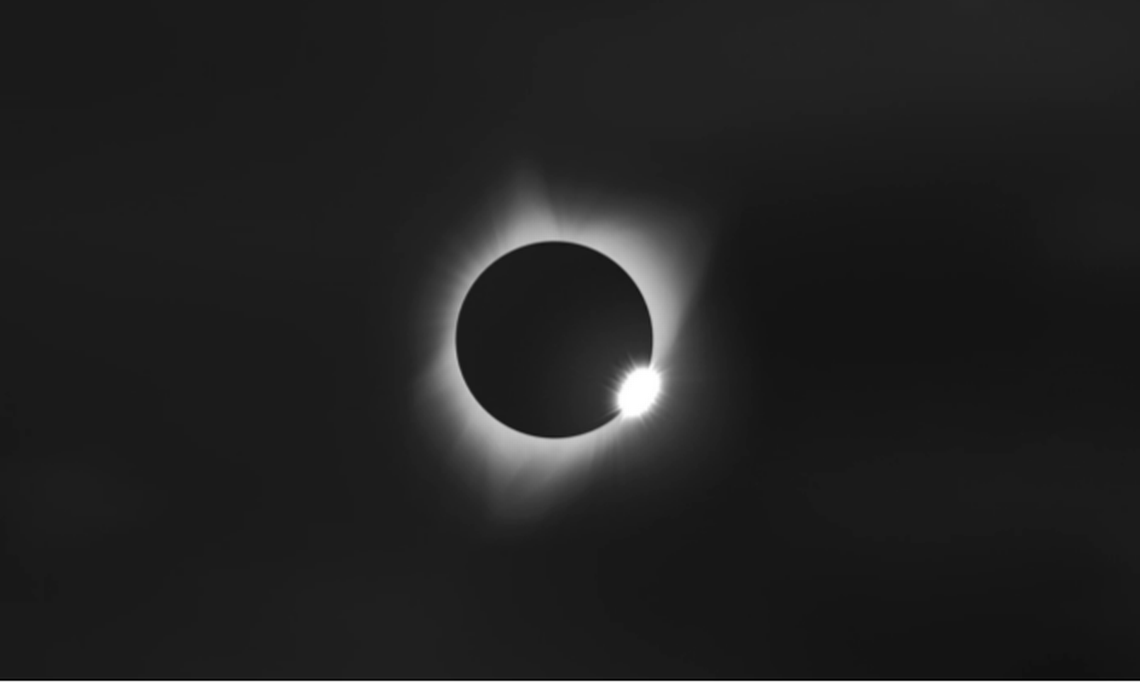“Three sounding rockets will launch before, during, and after the peak local eclipse to study how Earth’s upper atmosphere is affected when sunlight momentarily dims over a portion of the planet,” NASA said in a news release.
“For those in the mid-Atlantic region, weather permitting, the launches may be visible.”
NASA’s alert included a warning that viewers should not remove special solar eclipse glasses to check out the rockets.
The three rockets will originate at Virginia’s Wallops Flight Facility. NASA predicted they may be visible from Pennsylvania south to North Carolina, and as far west as eastern Tennessee, Kentucky and Ohio.
One will launch 45 minutes before the eclipse, one during the eclipse and one 45 minutes after the peak, NASA said. They’ll reach a maximum altitude of 260 miles — “too high for science balloons and too low for satellites.”
Among the things scientists are investigating is how the eclipse might “interfere with our communications.”
“As the eclipse shadow races through the atmosphere, it creates a rapid, localized sunset that triggers large-scale atmospheric waves and small-scale disturbances, or perturbations,” NASA said.
“These perturbations affect different radio communication frequencies. Gathering the data on these perturbations will help scientists validate and improve current models that help predict potential disturbances to our communications, especially high frequency communication.”
The eclipse offers researchers a unique opportunity, because scientists will know exactly when and where to fire their rockets to get the best readings, NASA said.
Forecasters say the eclipse will cross Mexico’s Pacific coast starting at 11:07 a.m. PDT, then enter the United States where “the sky will darken as if it were dawn or dusk.”
States directly in the path of the eclipse include: Texas, Oklahoma, Arkansas, Missouri, Illinois, Kentucky, Indiana, Ohio, Pennsylvania, New York, Vermont, New Hampshire, and Maine, NASA said.
The contiguous U.S. won’t see another total solar eclipse until 2044, scientists said.
Mysterious ‘sparklers’ appear before solar flares, NASA says. What do they mean?
Black hole seen violently shredding ‘hapless star’ and devouring it, astronomers say
Planet survives catastrophic end of its solar system. How did it escape destruction?
